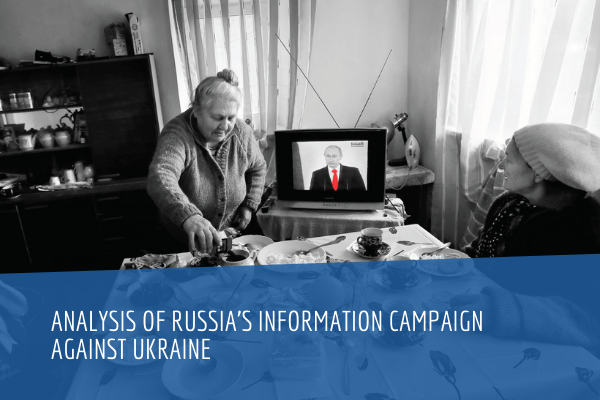This report is an explorative analysis of abusive messages targeting Finnish ministers on the social media platform Twitter. The purpose of this study is to understand the scope of politically motivated abusive language on Finnish Twitter, and to determine if, and to what extent, it is perpetrated by inauthentic accounts. To this end, we developed a mixed methodology, combining AI-driven quantitative visualisations of the networks delivering messages of abuse with a qualitative analysis of the messages in order to understand the themes and triggers of abusive activity. We collected Twitter data between 12 March and 27 July 2020, a period spanning the state of emergency declared in response to the COVID-19 pandemic.
This report is informed by the findings of three recent Finnish studies, one of which investigated the extent and effects of online hate speech against politicians while the other two studied the use of bots to influence political discourse during the 2019 Finnish parliamentary elections. The first study, released by the research branch of the Finnish government in November 2019, found that a third of municipal decision-makers and nearly half of all members of Finnish Parliament have been subjected to hate speech online.
The two studies tracking inauthentic activity during the 2019 parliamentary elections identified bot interference but concluded that the impact of these bots on Finland’s political environment appeared limited. Based on these findings, and on our comprehensive literature review, we developed two hypotheses:
- We expect to observe abusive language targeting Finnish politicians, with female politicians receiving gendered abuse;
- We expect to observe low levels of coordinated inauthentic activity in the Finnish information space, with increased levels of inauthentic activity during periods of political significance.
Our quantitative and qualitative analyses confirmed both hypotheses and yielded multiple findings. Our investigation demonstrated that the messaging directed at Finnish government officials is largely free from automated activity. When it comes to abusive messaging, we find a number of users singularly focused on harassing the government. While both left- and right-leaning communities engaged in abusive activity, the bulk of abusive messaging originated from clusters of right-wing accounts.
Overall, we observed very low levels of both bot and coordinated activity. The majority of bots we identified were operating in foreign languages and either not generally focused on Finland or used to push certain causes in multiple languages. We repeatedly came across a cluster of accounts throughout our monitoring period that posted the same messages about animal cruelty and climate change. These accounts predominantly post in English and appear in some cases to be automated or semi-automated. However, they represent a very small part of the conversation. Likewise, a small cluster of automated accounts amplified messaging by a number of right-wing voices. Again, there was a degree of coordination here, but these amplifications looked more like attempts at self-promotion rather than systematic manipulation of the information space. If large-scale inauthentic coordination exists in the Finnish information environment, we are either looking in the wrong place, or it is so sophisticated or so small in scale that it evades our detection methods.
We found that the main topics triggering abusive messages were the COVID-19 pandemic, issues of immigration, FinnishEU relations, and socially liberal politics. We observed that female Finnish ministers received a disproportionate number of abusive messages throughout our monitoring period. A startling portion of this abuse contained both latent and overtly sexist language, as well as sexually explicit language. Although we found large volumes of offensive and abusive messaging, we did not observe threats of physical violence.
Report was presented during our #StratComTalks on 17 March 2021.






